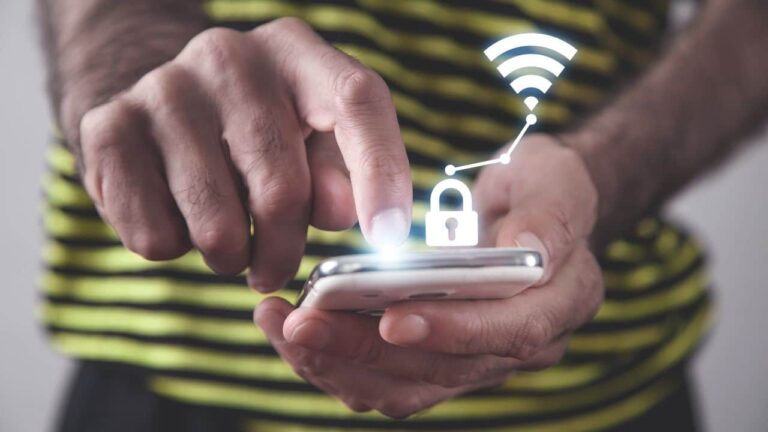Wi-Fi has become an integral component of our daily lives in today’s connected world. We use it for a variety of things, including online shopping, streaming media, and internet access. But, as Wi-Fi is used more frequently, worries regarding its security and privacy have grown in significance. It is critical to comprehend the rationale behind Wi-Fi privacy alerts and how to safeguard ourselves from potential hazards given the surge in cybercrime and hacking. This post will explore the unexpected reason behind Wi-Fi privacy alerts and what you can do to safeguard your information. This post will give you useful insights into the world of Wi-Fi security and privacy, whether you are a tech-savvy person or just someone who wants to be secure online.
Table of Contents
What are Wi-Fi Privacy Warnings and Why Does it Occur
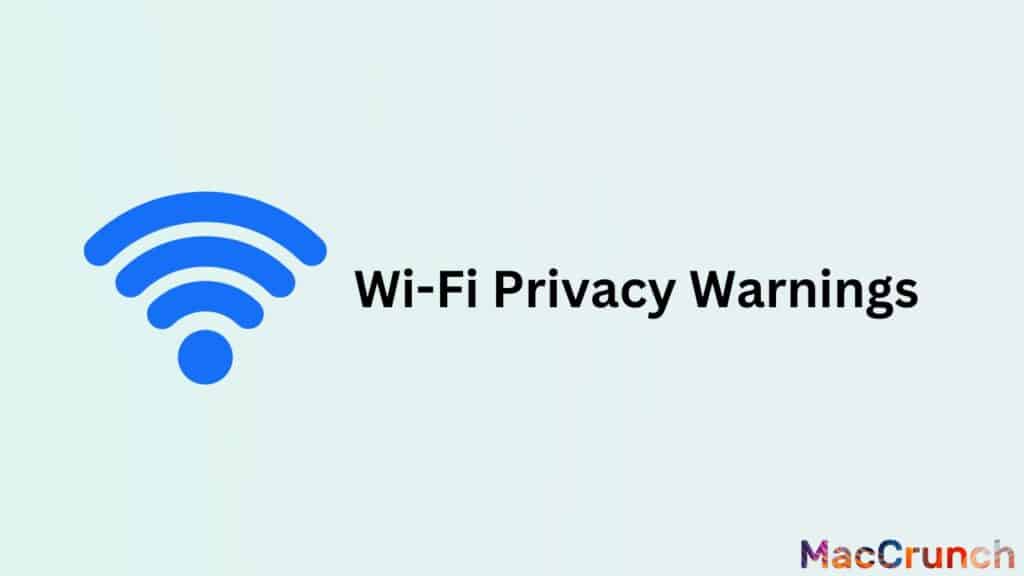
Wi-Fi privacy warnings are alerts or notifications that are sent out when a device connects to a wireless network that is unsecure or possibly dangerous. These alerts are intended to educate users of the possible dangers of using an unprotected Wi-Fi network and to persuade them to take the necessary precautions to safeguard their private data.
There are several causes of Wi-Fi privacy warnings, including:
- Using an unsecured Wi-Fi network: An unsecured Wi-Fi network is one that you can connect to without having to enter a password or any other kind of authentication. Your device and all of its data are accessible to anyone using the same Wi-Fi network when you join to an insecure network. Attackers will find it simple to intercept and steal sensitive data, including passwords and credit card details, as a result.
- Connecting to a rogue Wi-Fi network: An attacker will set up a false network and attempt to fool people into connecting to it. Attackers can use a rogue Wi-Fi network to track your online behavior, steal your personal data, and infect your device with malware as soon as you connect to it.
- Connecting to a public Wi-Fi network: Many public Wi-Fi networks, including those in cafes, shopping malls, and airports, are unsecure or poorly protected. Your device and all of its data are accessible to other users of the same network, as well as to anyone else who may be watching the network, when you connect to a public Wi-Fi network.
Why Wi-Fi Privacy Warnings are Important
Because they shield users from the numerous security concerns connected with utilizing Wi-Fi networks, these privacy alerts are crucial. These warnings can assist users in making educated decisions about how and when they use Wi-Fi and in taking precautions to protect their sensitive information by exposing the potential risks of connecting to unsecure or possibly unsafe Wi-Fi networks.
The Surprising Reason Behind Wi-Fi Privacy Warnings
Man-in-the-Middle (MitM) assaults are a sort of cyberattack in which the attacker listens in on two parties’ communications and has the potential to manipulate or steal the data being transmitted. Because of this, the attacker essentially acts as a “man in the middle” of the conversation. In a MitM attack, the attacker can listen in on the discussion, take credit card details and other private information, or even modify the connection to engage in additional hostile behavior.
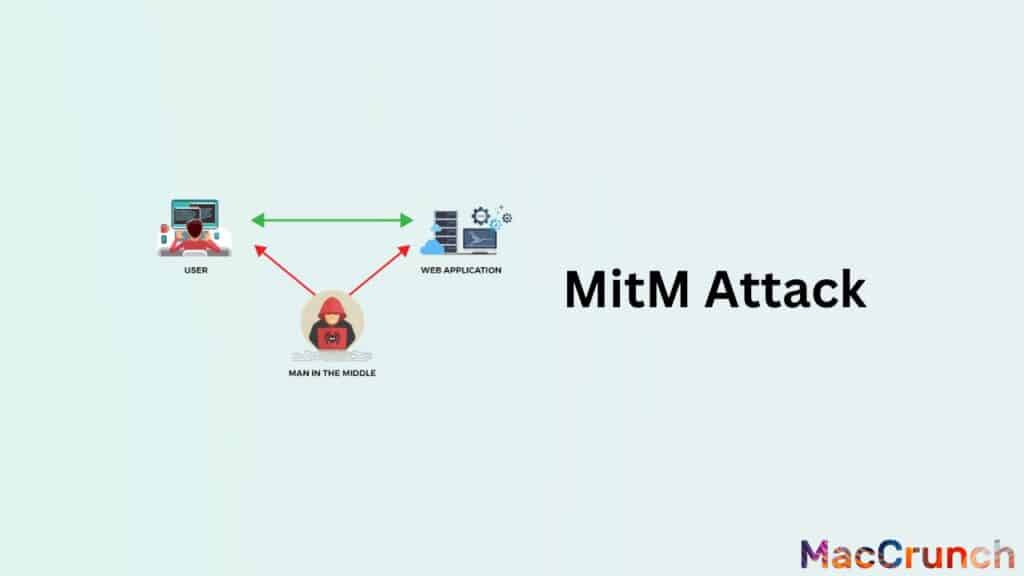
In a typical MitM attack, the attacker will either intercept the communication directly or will manipulate the communication by routing the traffic to a fake or a malicious website. The attacker may also employ techniques like ARP (Address Resolution Protocol) spoofing to influence the communication between the two parties.
How MitM Attacks Can Lead to Wi-Fi Privacy Warnings
Because Wi-Fi networks frequently use unencrypted transmission, they are particularly susceptible to MitM attacks. Unencrypted data is sent and received when a device connects to a Wi-Fi network, making it simple for hackers to intercept and manipulate the data.
An attacker may execute a MitM attack and eavesdrop on a device’s connection with the internet when it connects to an unprotected Wi-Fi network. In such a case, the attacker is able to take sensitive data, including passwords, credit card numbers, and other private information.
Because of this, warnings about WiFi privacy are shown when users connect to unsafe Wi-Fi networks. The warnings are intended to inform the user that their Wi-Fi network usage may not be safe and that their communication may not be secure.
Protecting Yourself from Wi-Fi Privacy Warnings

To safeguard your private data and stop unauthorized access to your network, it is crucial to secure your Wi-Fi network. Here are some actions you can do to make sure your Wi-Fi network is secure:
- Change the default username and password for your router: Many routers come with default credentials that are widely known and accessible to potential hackers. Change your network’s default login information to a secure and distinctive username and password combination to prevent illegal access.
- Activate WPA3 encryption: The newest and safest encryption technology for Wi-Fi networks is called Wi-Fi Protected Access III (WPA3). With the purpose of preventing illegal access to your network, it offers sophisticated security features such enhanced password protection.
- Disable WPS: Wi-Fi Protected Setup (WPS) is a function that makes it easier to connect devices to your Wi-Fi network. Yet, because it can be used by attackers to enter your network, it can also be a security flaw. Disable WPS on your router to stop this.
- Disable remote management: A feature that lets you operate your network from a distance is found on many routers. Although useful, this function may also provide a security threat. Turn off remote management to keep hackers out of your network.
- Update the firmware on your router: Firmware updates for routers are frequently released by manufacturers to address security flaws and offer new functionality. To ensure that your network is secure, regularly check for and apply firmware upgrades.
Importance of using a Virtual Private Network (VPN)
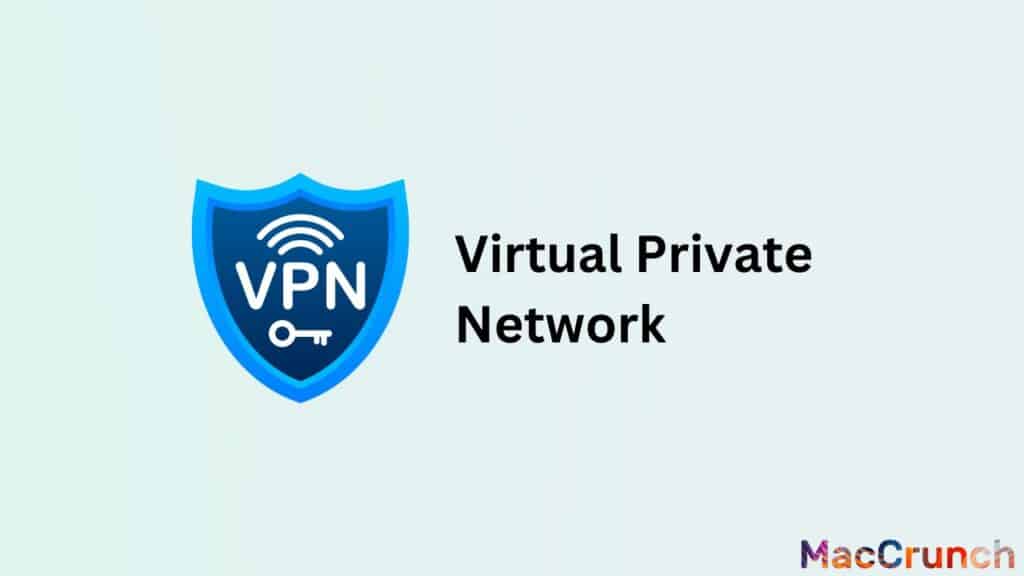
The entire data sent through your internet connection is encrypted when it is delivered through a Virtual Private Network (VPN). This guards against third parties, like your internet service provider (ISP), hackers, and governmental organizations, from watching and intercepting your online activities.
When accessing public Wi-Fi networks, like those found in coffee shops, airports, and hotels, a VPN should always be used because these networks are frequently unsecure and open to attack. By connecting to a VPN, you can assure that your online actions are protected, even when utilizing a public Wi-Fi network.
Using a VPN can help to increase your online security in addition to safeguarding your online privacy. You can get around internet censorship and access websites that might be restricted in your country, for instance, by connecting to a VPN server in another nation.
Recommended Security Measures to Protect your Wi-Fi and Online Privacy
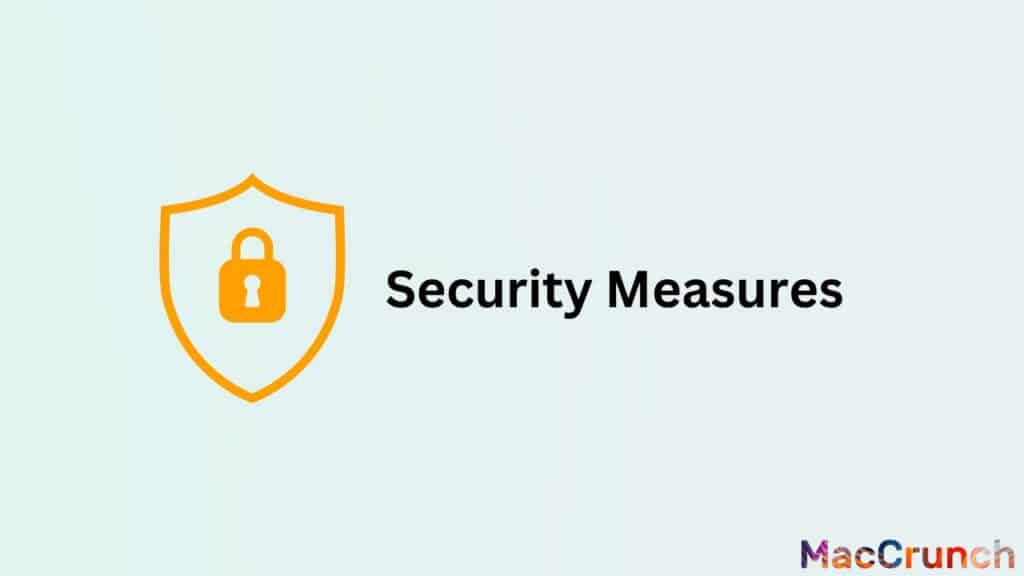
To protect the privacy of your online transactions and the security of your Wi-Fi network, take the following precautions:
- Choose a solid password that is different for your Wi-Fi network: To stop unwanted access to your network, you must use a strong password. Make sure the password is at least 12 characters long and incorporate a variety of letters, numbers, and symbols.
- Activate two-factor authentication (2FA): By requiring a second authentication method in addition to your password, 2FA strengthens the security of your Wi-Fi network. This might be a physical token, a fingerprint, or a code that is texted to your phone.
- Employ reliable antivirus software: It is to safeguard your devices from viruses and malware that could jeopardize your online security and privacy. To guarantee that it offers the most recent protection, keep your antivirus software updated.
- Choose a trustworthy VPN service: When selecting a VPN service, be sure to go with a respected company that has a solid history of defending the online privacy and security of its users. Choose a VPN provider that does not keep a record of your internet actions and uses high encryption.
- When accessing private information, exercise caution: When using a Wi-Fi network to access sensitive data, such as bank accounts, email accounts, and personal information, exercise caution.
Final Words
It is vital to grasp the surprise cause behind Wi-Fi privacy warnings and take appropriate precautions to preserve our online privacy. It is critical to secure our Wi-Fi networks given the rise in internet-connected gadgets and the growing worry over data breaches and cyberattacks. We must take steps to secure our networks because the default security settings might not be adequate to safeguard our sensitive data. To protect our online privacy, it is critical that we educate ourselves on the many security measures that are available and put them into practice. Therefore let us take responsibility of today and protect our Wi-Fi networks!
Frequently Asked Questions
Our readers have been asking us some questions about Wi-Fi privacy issues as they are becoming more and more prevalent. For the benefit of our readers, we have provided a list of some of the most often asked questions and succinct responses below.
What are the risks associated with using public Wi-Fi networks?
The dangers of utilizing open WiFi networks include:
- Public Wi-Fi networks are frequently insecure, which makes it possible for anyone on the network to view your device and the data you are transmitting and receiving.
- Man-in-the-middle attacks: Hackers can intercept your data as it is being transported across the network by using malicious software.
- Infections with malware can destroy your device and steal your personal information. Public Wi-Fi networks are a popular source of these infections.
Can hackers access my personal information on public Wi-Fi networks?
If you are not careful, hackers can access your personal information on public Wi-Fi networks. For example, if you log into a website that does not use encryption (e.g., a website that starts with “http” instead of “https”), your login credentials and any other information you transfer can be intercepted by a hacker on the same network.
How can I tell if a Wi-Fi network is secure?
Following are various techniques for determining a Wi-Fi network’s security:
- Check for the “https” in the website address. Encrypted websites begin with “https” rather than “http.” Since they encrypt the data that is passed between your device and the website, encrypted websites are more secure than unencrypted websites.
- Check for the padlock icon: When you land on a secure website, most web browsers will show a padlock icon in the URL bar.
- A network security key, often known as a password, is typically required for secure Wi-Fi networks. Look for one. A network is probably insecure and unsafe to use if it is open and does not demand a password.
- Consider using a virtual private network (VPN): A VPN adds an extra degree of security when using public Wi-Fi networks by encrypting all data that is sent between your device and the internet.

